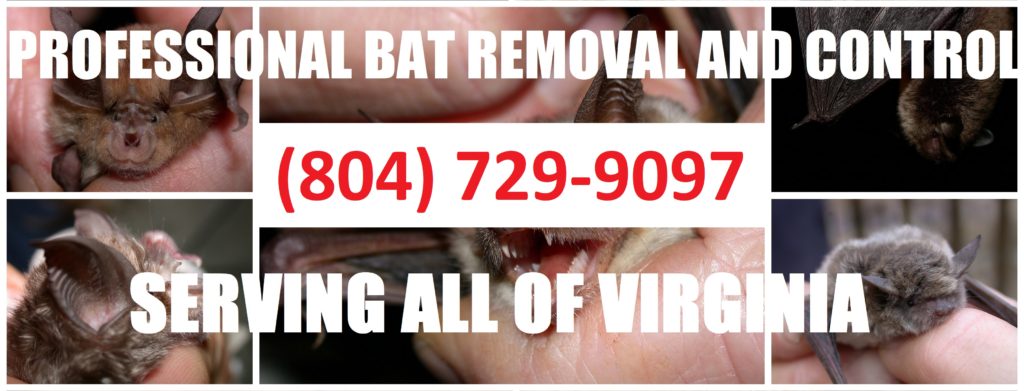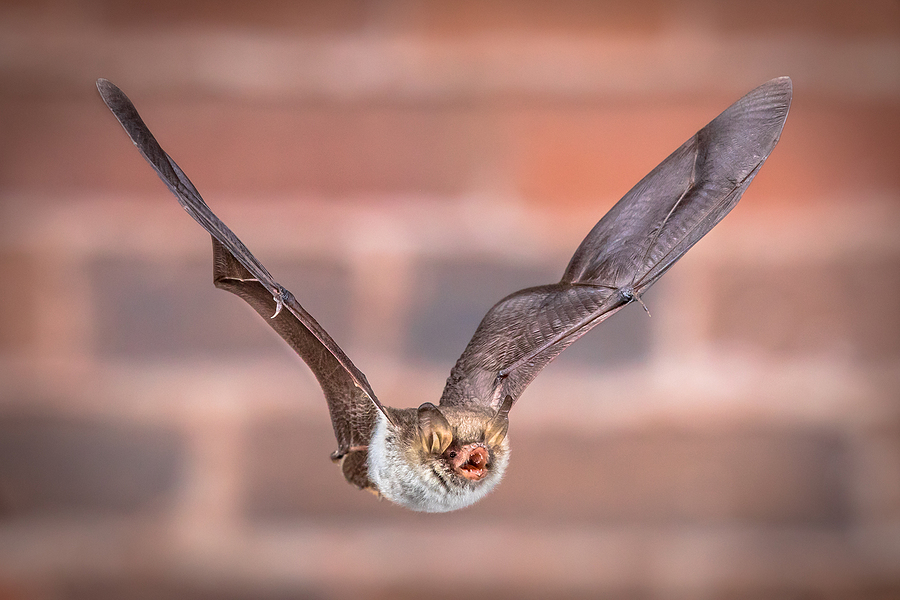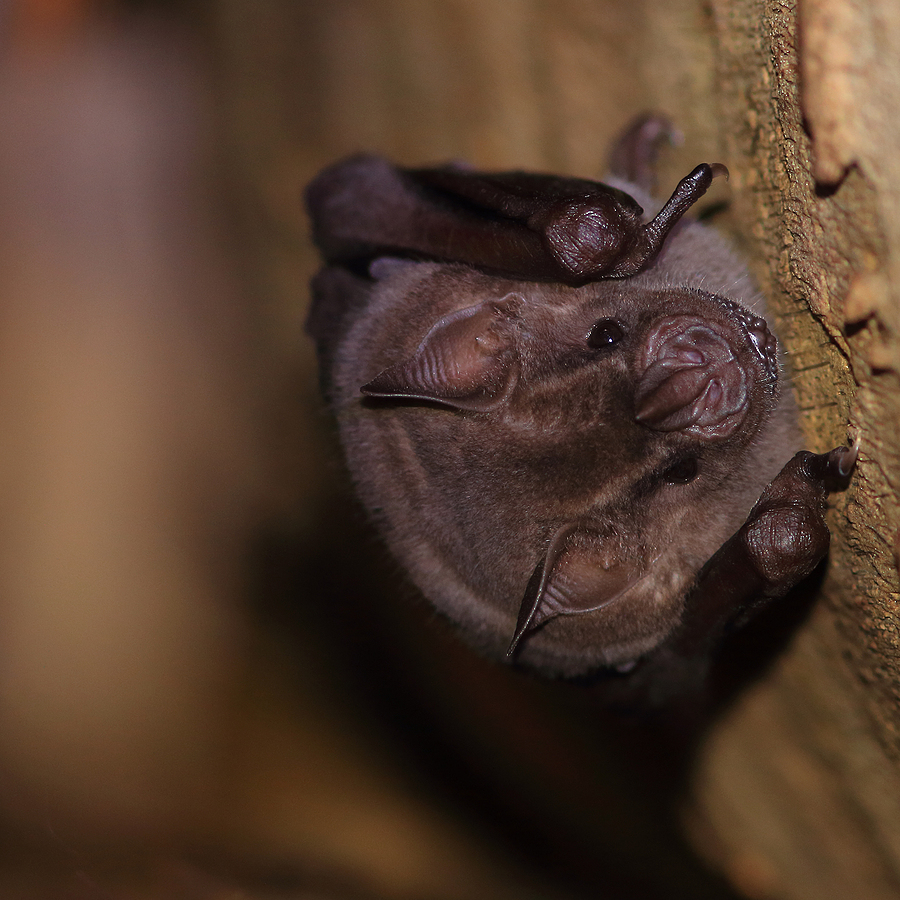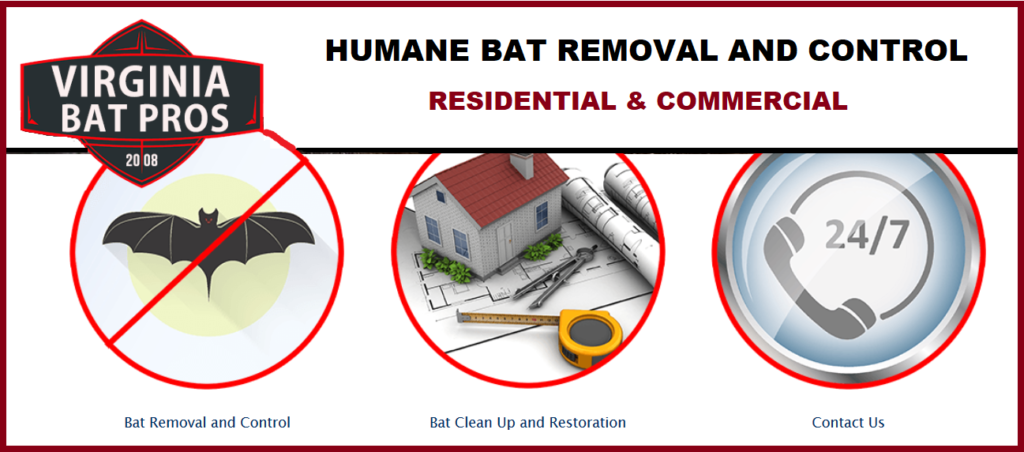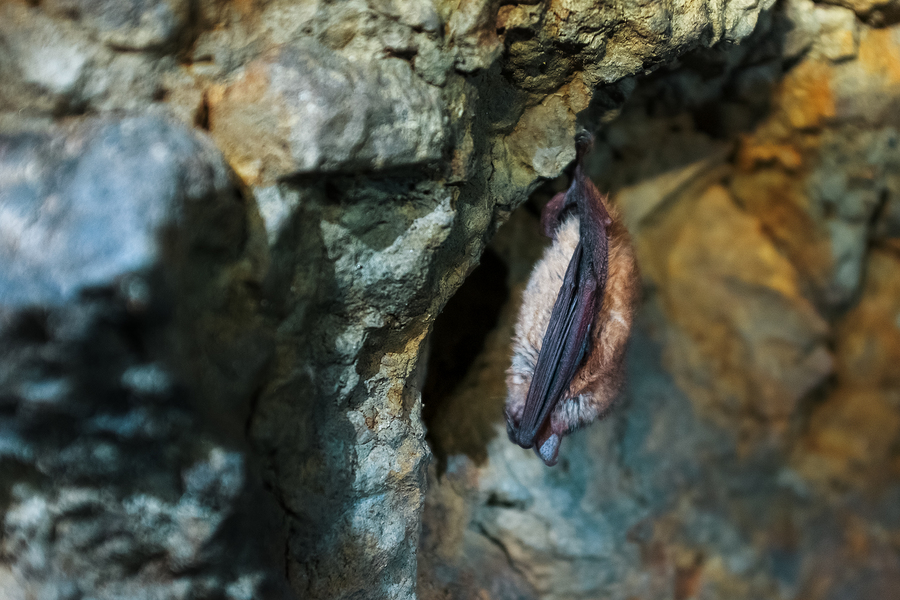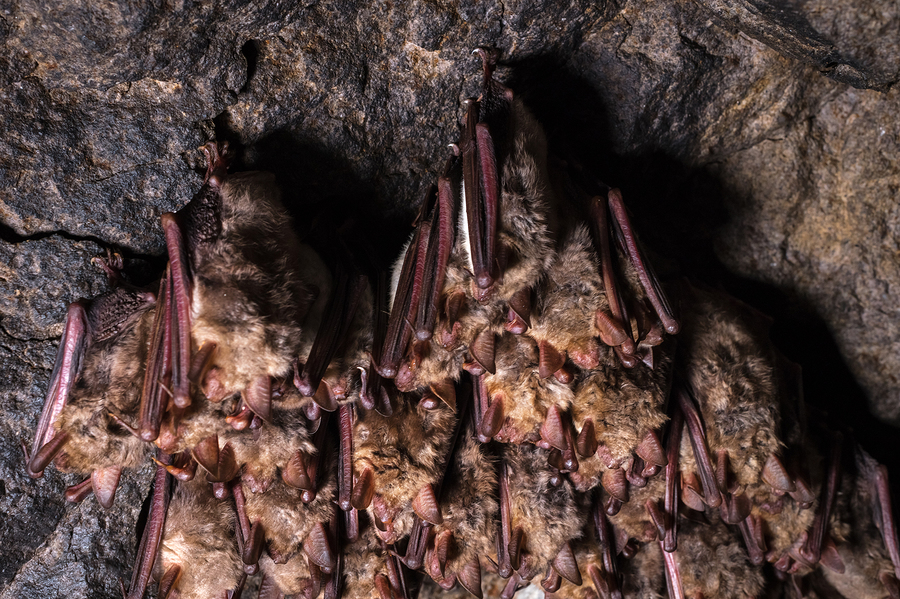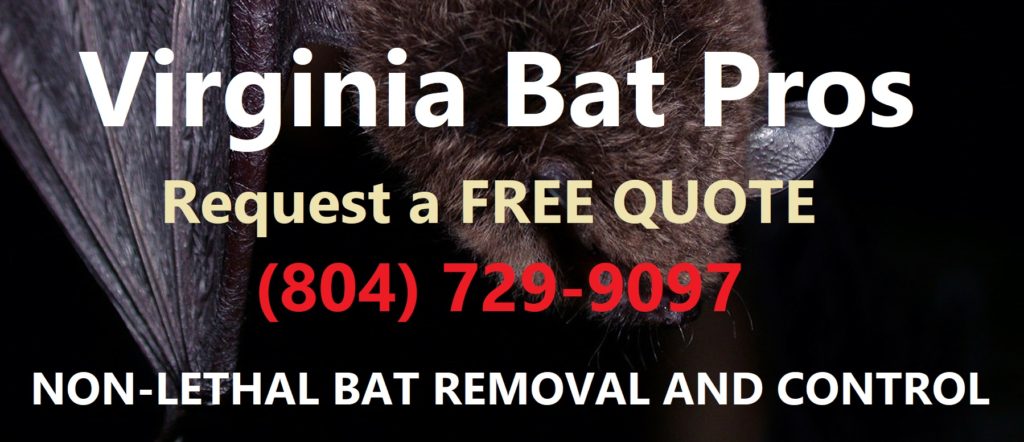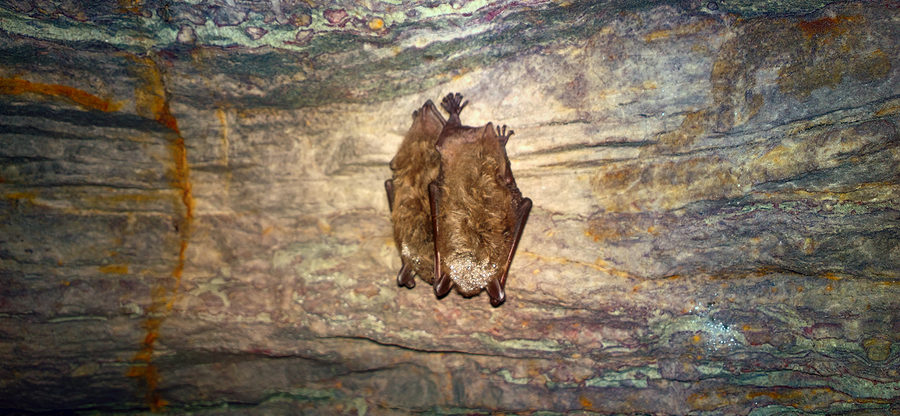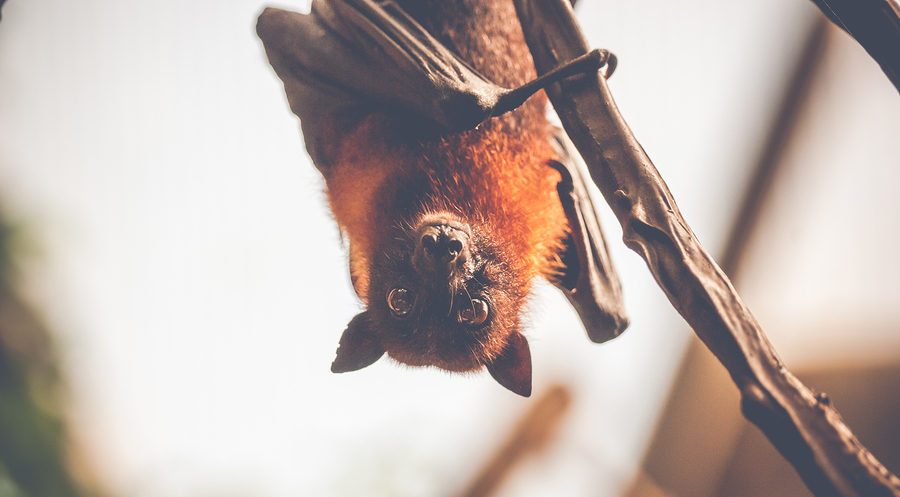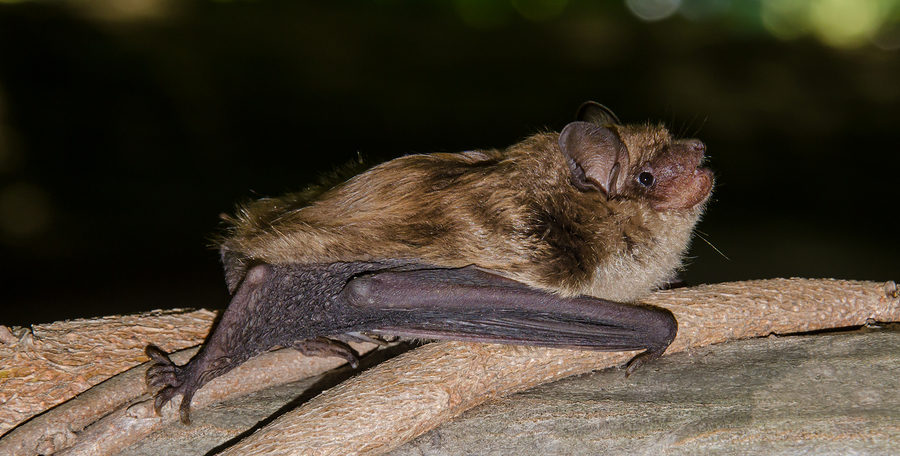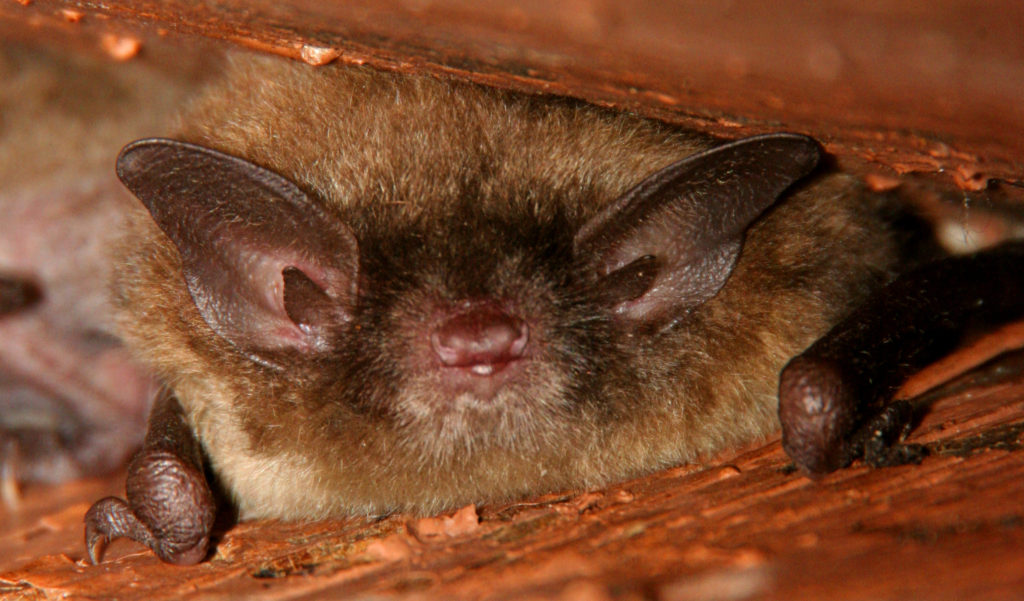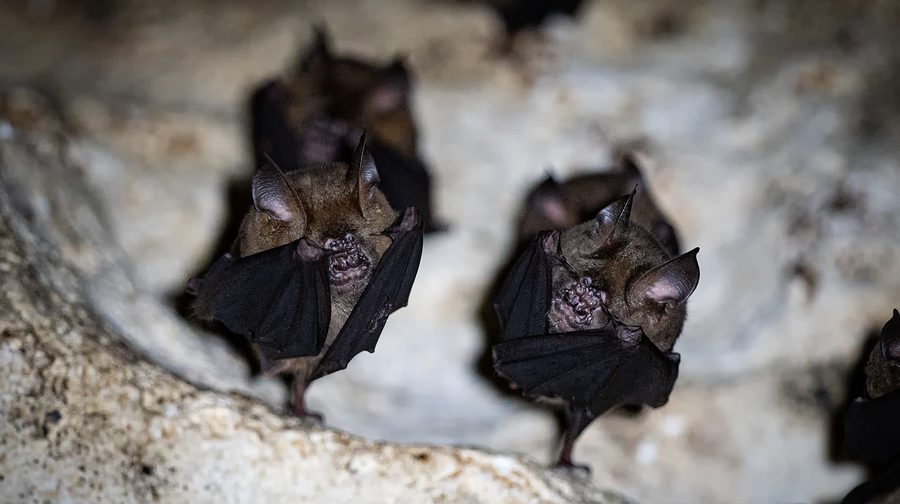Have you heard that old adage, “blind as a bat?” Well, if you were a bat, you would be quite offended by this saying. That is because bats are not blind! They don’t even have poor eyesight really. It’s just another classic misconception and misunderstanding about this amazing and highly-beneficial mammalian species we call bats.
Continue reading to learn the real truth about bats and blindness, as well as, how to protect your property from any nuisance bat interference.
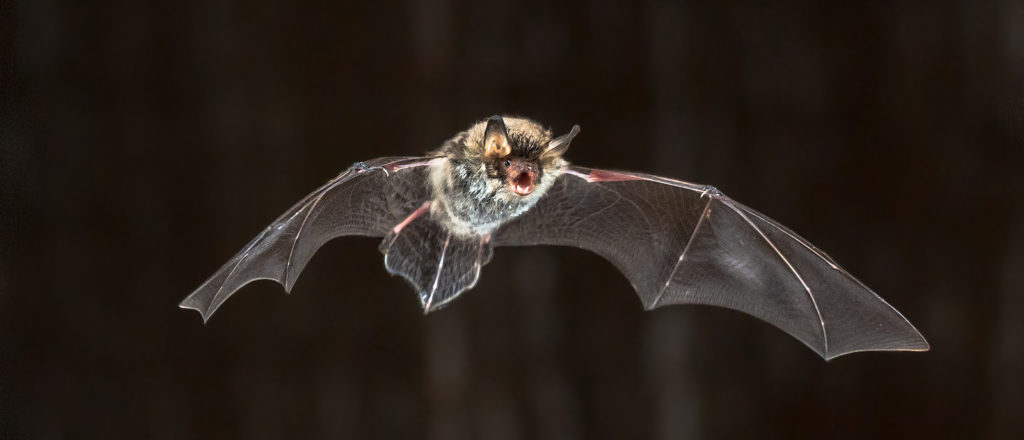
Bats are NOT Blind After All
Many people are aware that bats, Microbats specifically, use echolocation. For this reason, they wrongly assume that bats cannot see well. Yes, it is true that microbats (Microchiroptera) use echolocation to navigate around in the dark, but this is solely to help hunt prey more accurately. In fact, microbats can see quite well (and even hear quite well by the way), but they use their Echolocating abilities to navigate their course, as well as, dart and dash for prey at a more precise rate.
Bats Use Echolocation But Do Not Rely on it for Sight
Echolocation is also referred to as “biosonar”, which is a built-in biological system that works by measuring the returning echoes of emitted signals that bounce off surrounding objects. Many animals aside from bats use this type of built-in sonar system, including species of dolphins, porpoises, toothed whales, Killer whales, dwarf sperm whales, shrews, and some species of bird.
Megabats, also called Fruit bats, do not have echolocating abilities. They have big eyes and great vision, so they have no need for echolocation.
Echolocation is made possible through vocalizations that are produced by the larynx of microbats, but released through mouth and nostrils. There are a few species of Rousettus in the Megabat suborder that use a similar sonar system to Microbats, but in contrast to producing sounds in the larynx, they produce sounds by clicking their tongues.
When bats use echolocation, they emit signals in ultrasonic pulses over 15 kilohertz which then travel through the air and bounce off of surrounding objects. Bats analyze the returning sounds to identify the objects and assess the distance between them. The type of signals and sounds emitted by echolocating bats differ among species in many aspects, including frequency, length of call, intensity, and degree of modulations.
Do You See Bats Around Your House at Dusk?
Get Trusted Virginia Bat Removal and Control ASAP!
Call Virginia Bat Pros at 804-729-9097 for non-lethal bat removal and control assistance in Virginia. We serve all of Old Dominion, including Richmond, Petersburg, Short Pump, Lynchburg, Charlottesville, Norfolk, Chesapeake, Newport News, Virginia Beach, and more. We offer 24 hour bat removal, as well as, numerous residential and commercial bat exclusion services, such as bat cleanup and restorations for bat damages. We even provide insurance work! Contact us today for a free estimate.
